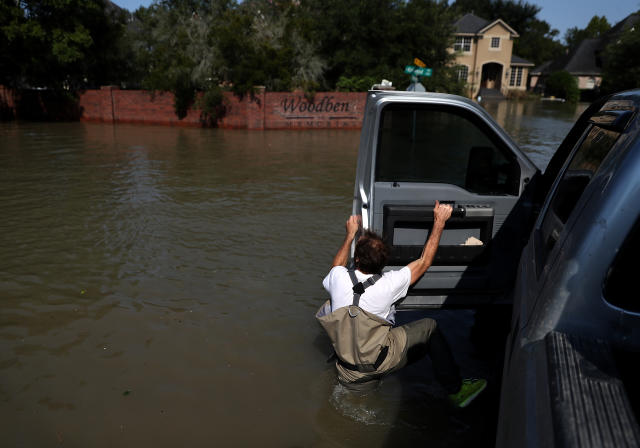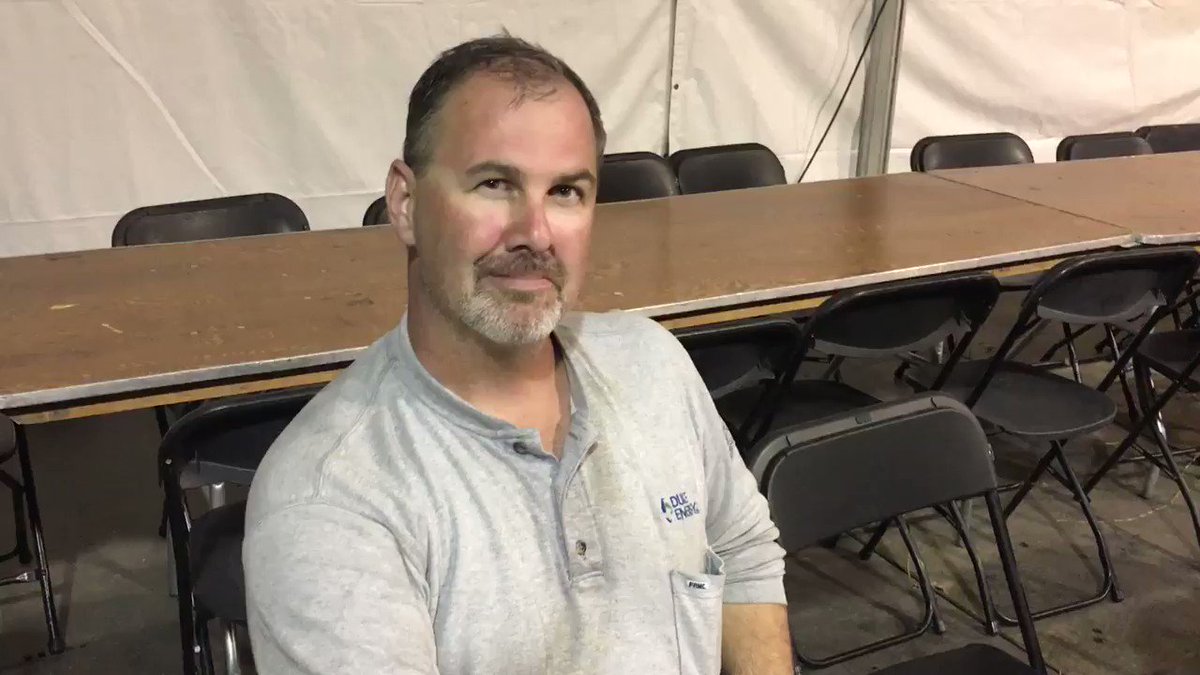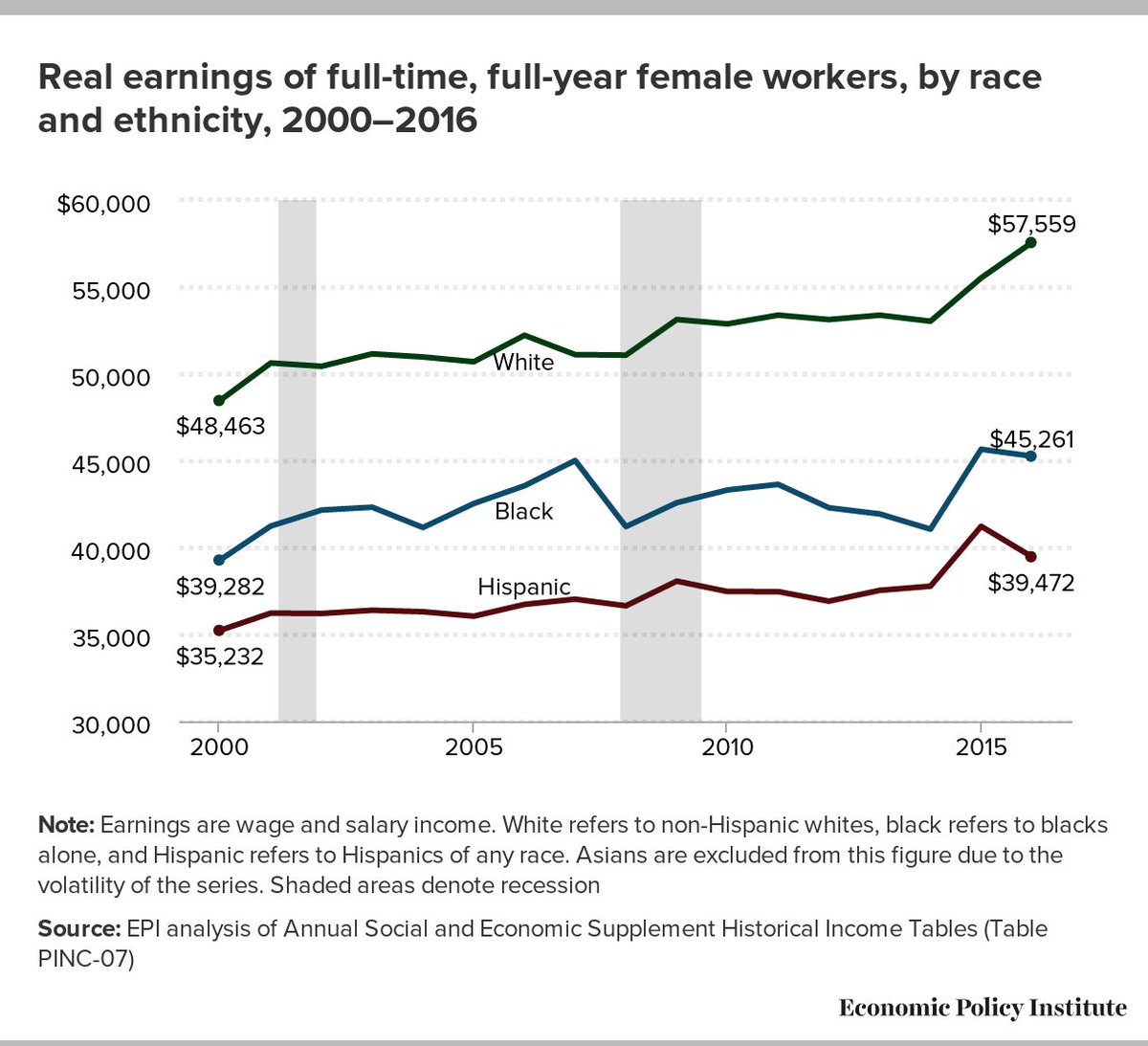EcoWatch
WATCH and SHARE to help spread awareness on the destruction of overfishing.Read more: http://bit.ly/2fn5CTpvia Zinc
Posted by EcoWatch on Monday, September 18, 2017
Gillnets Push Species to the Brink of Extinction
Covina are a marvel of nature. Their spawning rhythm is synchronized with the moon and tide cycles, transforming the calm seas of the Gulf of California into a rollicking theater as they emit their distinctive croaking sounds to communicate spawning readiness and begin to organize their formations.
How can fishing during spawning season be justified? Studies show a constant decrease of the average fish size, with more and more juveniles caught, as the adults don’t have time to reproduce.
The results of this large scale fisheries is not only the devastation of a fish population, but other animals who are also at risk and targeted by this frenetic activity, including the shy and elusive vaquita marina. This small porpoise only lives on the coast of San Felipe, in the Gulf of California, and is considered the most endangered marine mammal in the world. Its habitat has been fragmented by gill nets, to the point of bringing the numbers of vaquita down to only 30 individuals. This species is now on the verge of extinction.
Gill nets, which have been forbidden in the upper part of the Gulf since 2015, are mainly used to fish another endangered, endemic animal of the Gulf: the totoaba bass, sought for its bladder, and not for its meat. This bladder is sold at high value on the black market in China and Hong Kong, and the rest of this predator is thrown back, bleeding, in to the sea.
These banned gill nets are the cause of death of many animals that get trapped in them, including the vaquita. Last year the only sightings of this marine mammal were three dead individuals whose cause of death was determined by scientists as being due to entanglement in gill nets, which traps them and prevents them to come up to the surface for air. They literally suffocate to death.
Efforts are being made in order to keep the refuge a safe place from the nets. It is therefore imperative that adequate law enforcement measures are put in to place, including, reporting illegal activity in the area and apprehending those engaged in it. Sea Shepherd is committed to keep patrolling and monitoring the refuge, and to remove every illegal net encountered.
The Gulf of California is a stunning place where the desert is bathed by a beautiful sea, often described as the aquarium of the planet. If our relationship to it doesn’t change immediately, it will soon be turned into an open-air cemetery, reminiscent of a world that once was, and is no more.
Raffaella Tolicetti is the ship manager on the M/V Sam Simon. The M/V Sam Simon and the M/V Farley Mowat are in the Gulf of California for Operation Milaro III.


 A coal-fired power plant in Indiana Image: Don Sniegowski/Flickr
A coal-fired power plant in Indiana Image: Don Sniegowski/Flickr  The Associated Press. In this photo taken Thursday, Sept. 14, 2017, salmon, identified by biologists as a coho, left, and a Chinook, swim past viewing windows at a fish ladder where salt water transitions to fresh at the Ballard Locks in Seattle. The mass of warm water known as ‘the blob’ that heated up the North Pacific Ocean has dissipated, but scientists are still seeing the lingering effects of those unusually warm sea surface temperatures on Northwest salmon and steelhead. (AP Photo/Elaine Thompson)
The Associated Press. In this photo taken Thursday, Sept. 14, 2017, salmon, identified by biologists as a coho, left, and a Chinook, swim past viewing windows at a fish ladder where salt water transitions to fresh at the Ballard Locks in Seattle. The mass of warm water known as ‘the blob’ that heated up the North Pacific Ocean has dissipated, but scientists are still seeing the lingering effects of those unusually warm sea surface temperatures on Northwest salmon and steelhead. (AP Photo/Elaine Thompson)




 Photo: Getty Images
Photo: Getty Images

 AP Photo/David Goldman
AP Photo/David Goldman